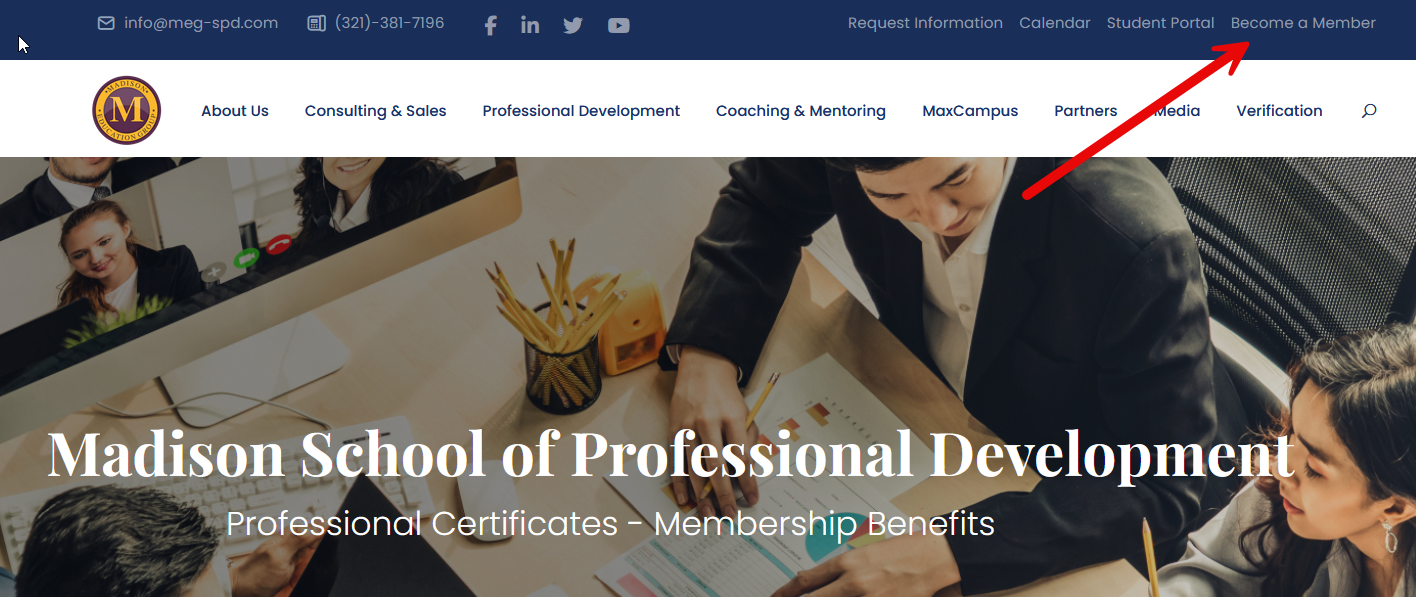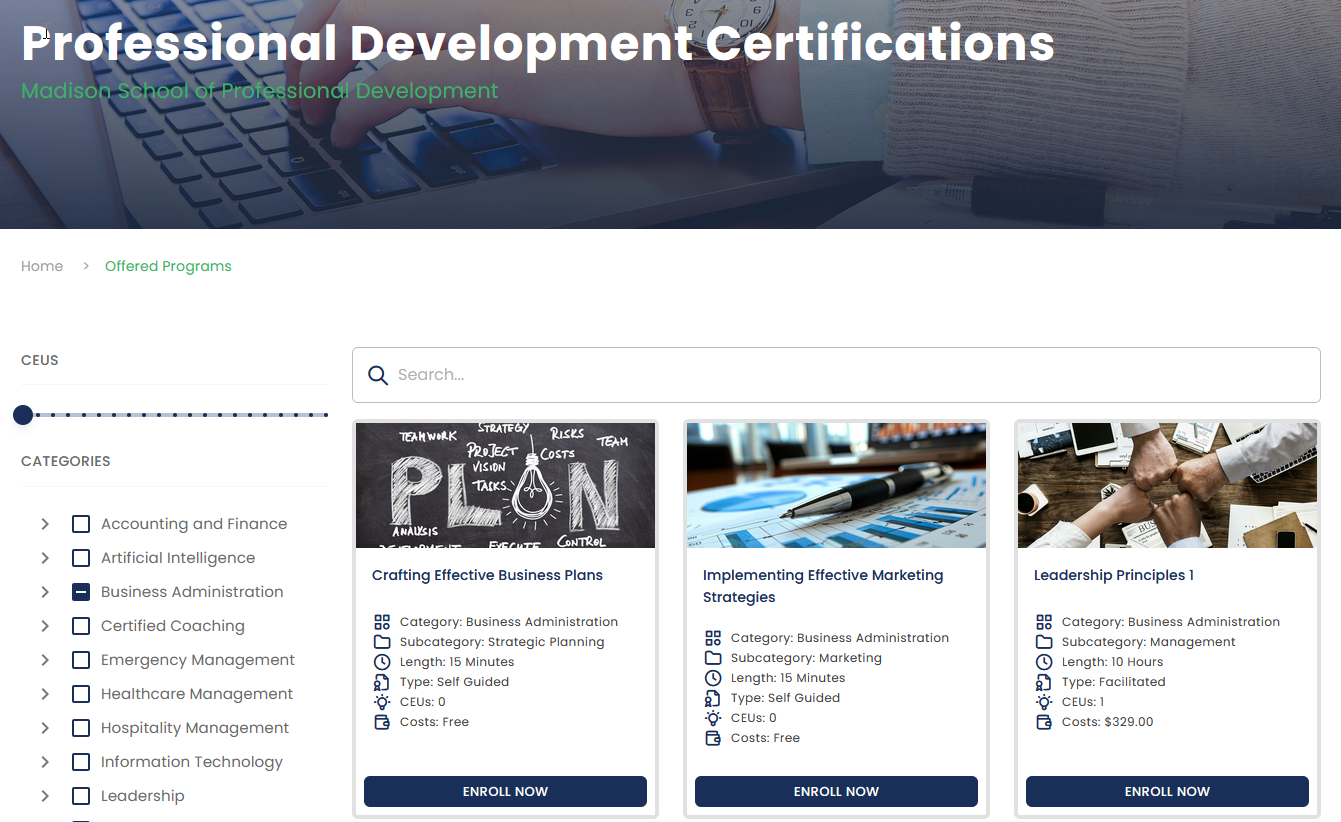Blog Posts
 April 23, 2025Thinking About Leadership: Leadership Best Practices
April 23, 2025Thinking About Leadership: Leadership Best PracticesBy: Dr. Scott
This is the third installment of our thinking about leadership series. Over the last two weeks we looked first at leadership through the lens of leadership theories and paradigms. Last week, we examined leadership by discussing different leadership styles. If you haven’t read these and other blogs in our leadership series, I recommend you do so to help bring some of our points today into focus.
In both blogs, I emphasized that our purpose was merely to provide brief overviews, or a backdrop if you will, on these broad topics and these different ways to conceptualize and think about leadership. There is of course no way to cover these broad topics in single blog entries. Likewise with our topic this week, which is leadership best practices.
In this blog entry, then, we’ll look at 3 different aspects of leadership best practices and how this model for understanding leadership is both pragmatic and effective. First, we’ll look at what we mean by leadership best practices and provide some examples. Then we’ll address how leadership best practices relates to both leadership theory and leadership styles. Finally, we’ll look at how leadership best practices are identified, tested, applied, and disseminated.
Leadership Best Practices
Best practices are the actions and procedures that society accepts as being the more effective, efficient, safe, etc. Recommended best practices may be industry specific, such as “no glass at the pool” or even regulated by compliance agencies such as food preparation requirements and local health departments.
Leadership best practices, then, are the recommended actions and behaviors for leaders to lead effectively. Many of these stretch across industries and are aimed at inspiring others, managing project and people, making decisions, starting a business, etc. Some of these, like the example above with the local health departments are regulated with both industry and government oversight. For example, Human Relations Management, or HR , is one branch of leadership that is heavily regulated. HR leaders best practices, therefore, include a heavy dose of legal compliance advice and standards.
Leadership best practices are often a framework for ethical business practices and these include things like what can and cannot be asked during interviews, understating privacy laws, following fair pay standards, and many more. Leadership best practices, then, are vital to effectively leading others and achieving organizational goals and vision.
Where the Rubber Meets the Road
As our examples in the last section demonstrated, learning and following leadership best practices are key to overall success as a leader. Modern leadership best practices are the fulcrum of ethical and effective leadership. However, one of the most important elements to take away with you from this blog is that leadership best practices are essentially where the rubber meets the road in terms of honing leadership skills, applying leadership theory, and finding your groove as a situational leader able to navigate the complexities of leadership.
This is because leadership best practices are essentially practices and behaviors that can be learned. If you’ve been following along in this blog series, you may recall our prior discussion of leadership theory and the trait and behavioralist theorists of the twentieth century. They, collectively, helped identify key traits, personalities, and behaviors of leadership and successful leaders and paved the way for the recommended leadership best practices we have today. When studied and practiced, leadership best practices make us better leaders, better followers, and overall, more successful in our business and professional activities.
Academic and Professional Contributions
So, you may be wondering, other than as products of some really big paradigms, where do recommended leadership best practices come from in the first place? Well, the answer is a little complicated because the answer relies on what type of best practice we’re thinking about.
At the most basic level, a best practice might be specific to an organization or even a division. For example, these might be things learned through trial and error that are passed on to other coworkers or team members. These best practices might be so specific to the situation that they are not transferable to other circumstances.
In the middle level, we have best practices that are transferable and are often the product of more advanced training and experience. For example, these might be lessons learned from mentors and supervisors or maybe a set of standards like a handbook on office etiquette. Leadership best practices from this level often appear in professional articles, blogs, social media, and advice columns. Best practices at this level, however, are often general in nature, typically based on experience, and not statistically tested or peer-reviewed.
In the top level, we encounter practices generated from structured research methodologies, data collection and data analysis, and recommendations for best practices. In graduate business studies program, students often are required to conduct and submit a Master’s Thesis or a Doctoral Dissertation. Over recent decades dating back to the twentieth century, leadership best practices have been a major focal point for theses and dissertations across business related disciplines and programs. For example, I would often ask my students to shape their research questions and hypotheses around leadership best practices with the end result being their recommendations for leadership best practices relating to their particular study or focus.
Here is a very (very) simple example:
Research Question 1: Are there identifiable leadership best practices that can assist leaders with the adoption of AI applications in the coconut oil industry in the Philippines?
The dissertation candidate would then add questions relating to possible best practices to their survey instrument or interview questions.
Of course, once the theses or the dissertations are completed and the degrees awarded, many people publish their work in professional journals or through other means. Often times, academics and professionals who have completed advanced degrees in business will present at conferences and workshops where they can disseminate their work even further.
Final Thoughts
If you’re worried about having to attend endless conferences or read doctoral dissertations to learn leadership best practices relating to your field or industry, though, you can relax. To become familiar with best practices, I recommend that you
- Read extensively. Journal articles, books recommended by people you respect, leadership related hashtags in your news feeds—what ever medium interests you more. The more your read, the more ideas on best practices you’ll encounter and have in your toolbox.
- Consider advanced education. This one isn’t for everyone, but earning an advanced degree in business or leadership will no doubt familiarize you with modern leadership best practices.
- Engage in life-long learning and leadership professional development. Like reading this blog, or enrolling in one of the certificates here at the Madison School of Professional Development, engaging ways to introduce yourself to new ideas and applications will revolutionize your leadership skills. In fact, the MSPD has a new program onLeadership Principles starting 28 April 2025.
- Listen to advice from all three levels listed above—basic, middle, and top. However, be sure to always get a second opinion, no matter which level the leadership best practice originates from.
It is important to reemphasize that this is not meant to be a comprehensive, deep dive in to understanding leadership best practices. Our purpose here was to give you a quick way to think about best practices and how they can impact your own leadership development.
I think that just about does it for this particular series on thinking about leadership. Join us next week when we embark on a new theme relating to leadership. If you have concepts or ideas you’d like to see me pontificate on, please pass them along to me at info@meg-spd.com. Thanks, and may all your leadership endeavors be rewarding.
Dr. Scott Eidson is the Executive Vice President of the Madison School of Professional Development and holds doctoral degrees in both history and business which he uses to educate occasionally, but mostly bore people at parties.
 April 25, 2025Lancaster Selected to Facilitate BUS 302 Leadership Principles
April 25, 2025Lancaster Selected to Facilitate BUS 302 Leadership Principles April 30, 2025Characteristics of Visionary Leaders
April 30, 2025Characteristics of Visionary Leaders May 04, 2025MSPD Launches New Membership Program
May 04, 2025MSPD Launches New Membership Program May 07, 2025Strategic Innovation and Inspirational Communication
May 07, 2025Strategic Innovation and Inspirational Communication May 12, 2025Launch of Free Success in Business Series
May 12, 2025Launch of Free Success in Business Series